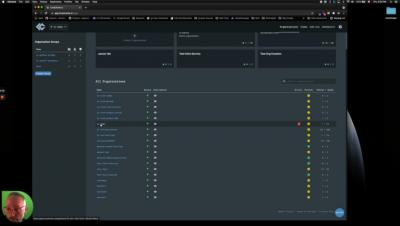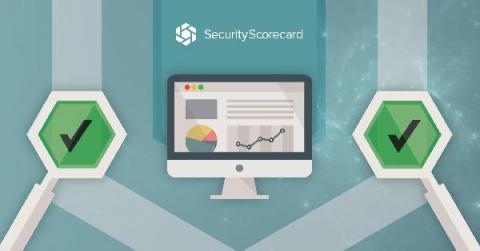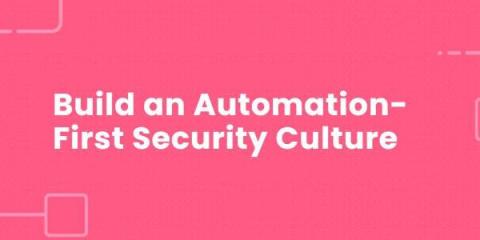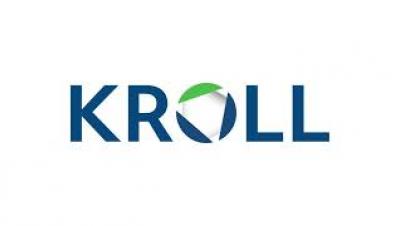Old mobile numbers can compromise unsecure MFA systems
Multi-factor authentication (MFA) adds a layer of security to logins that is essential to prevent unwanted access. This verification process uses a second device (owned by the user) as an additional identity verification element to which a token is sent (or generated) that certifies access veracity. The most secure MFA systems use applications to generate temporary codes, but many still rely on sending text messages to mobile phones (OTP).











